Commentary: We have nutrition labels on food. Why not alcohol?
Published in Op Eds
What’s actually in the beer you’re drinking? Currently, there’s no guarantee that you’ll receive a good answer to that question.
Even though 62% of American adults consume alcohol, alcoholic beverages aren’t required to disclose basic nutritional information like calories, ingredients, or allergens.
This makes alcohol one of the few U.S. consumer products exempt from typical disclosure standards – and it forces consumers to make uninformed decisions about what they’re consuming.
From a market perspective, this lack of disclosure seems ill-conceived.
Markets operate most efficiently when consumers have clear and comparable data to weigh costs and benefits. And providing nutritional transparency enhances consumer choice, promotes competition, and allows for market-driven demand for lower-calorie or ingredient-conscious options.
Under current standards, grocery shoppers can consider grass-fed, cage-free, or organic labels when purchasing food – so they should certainly be able to evaluate the nutritional content of alcoholic beverages.
That’s especially true given the caloric impact of frequent alcohol consumption.
Currently, beer is the United States’ preferred alcoholic beverage, with the average drinker consuming 26.5 gallons annually. At an average of 120 calories per 12-ounce serving, this amounts to nearly 34,000 calories per drinker per year — a number equivalent to nearly 10 pounds of weight gain annually.
Consumers shouldn’t be left in the dark about such a significant contributor to their diet, especially when having complete information would lead them to make different choices. According to one study, alcohol labeling would cause 54% of heavy drinkers to adjust their habits and opt for beverages with fewer calories.
This underscores a simple but critical fact: Transparency influences consumer behavior. And polling data suggests that consumers want transparency.
A survey by the Center for Science in the Public Interest found broad bipartisan support for alcohol labeling, with strong majorities (over 60% in each category) favoring disclosure of alcohol content, ingredients, allergens, and calorie information.
Other countries have already begun implementing more transparency in alcohol labeling. Recently, for example, the European Union mandated nutritional disclosures for all wine produced in or after 2024.
The U.S. shouldn’t blindly follow European regulatory models, but there’s no reason American consumers should have less access to product information than do their European counterparts.
Nor should the U.S. rely simply on online disclosures or QR codes. While some have suggested that QR codes could provide an alternative to physical labels, this approach is fundamentally flawed, shifting the burden onto consumers (in that it necessitates having internet access and taking additional steps to obtain basic product information).
In the E.U., QR codes prove useful in allowing for multilingual labeling, but the U.S. doesn’t face the same language barriers, making on-package labeling the more practical and consumer-friendly choice. Indeed, the Center for Science in the Public Interest survey found that 76% of respondents preferred clear on-package labels over QR codes or online disclosures.
Digital tools can complement labeling, but they shouldn’t replace direct transparency. Consumers deserve standardized information on alcohol at the point of purchase, just as they do with food and other beverages.
Thankfully, the Department of Treasury has recognized the gap in transparency and acted accordingly. Recently, it recommended that the Alcohol and Tobacco Tax and Trade Bureau (TBB) initiate rulemaking to require nutritional labeling on wines, distilled spirits, and malt beverages — including alcohol content, allergens, and calorie information per serving.
This is a good first step toward prioritizing consumer transparency. It would allow consumers to make autonomous, well-informed purchasing decisions rather than relying on guesswork or incomplete data.
Given America’s increasing focus on health, consumer empowerment, and market transparency, alcohol should no longer be exempt from the labeling standards that apply to other consumables. By addressing the information gap, policymakers can ensure that consumers have the tools they need to make smarter, more informed choices — without government mandates dictating behavior.
Making America Healthy Again starts with ensuring consumers have access to the information they need to take control of their own well-being. Transparency isn’t over-regulation — it’s simply good policy.
____
Miles Pollard is an economic policy analyst at the Heritage Foundation’s Center for Data Analysis.
Kyle Mendelson is an intern in the Heritage Foundation’s Young Leaders Program.
_____
©2025 Tribune Content Agency, LLC.
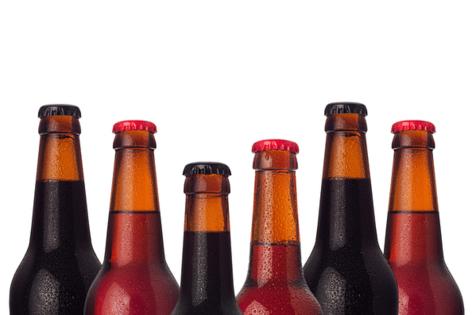
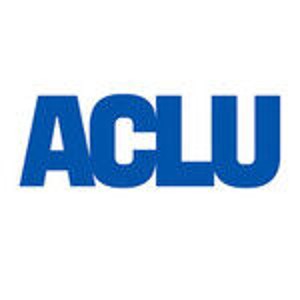

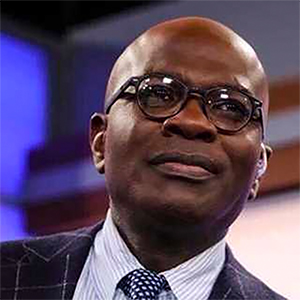





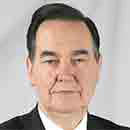

















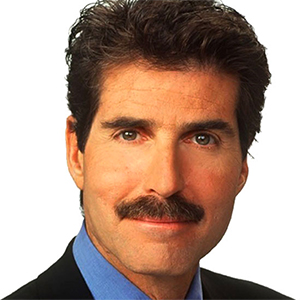

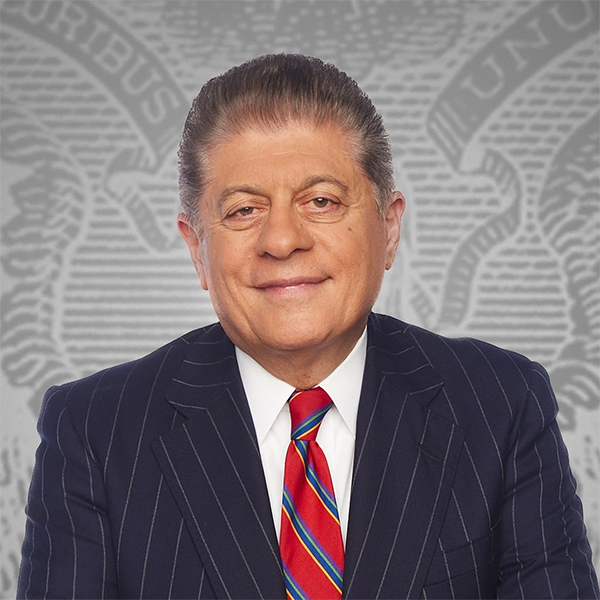



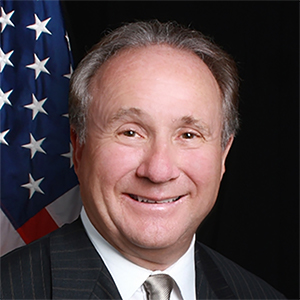

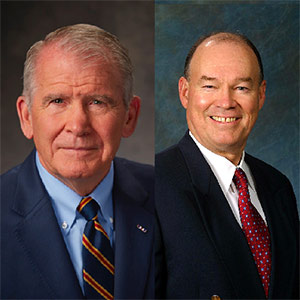




















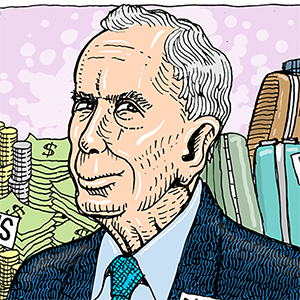

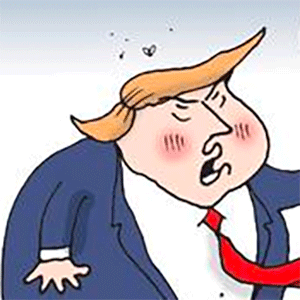

Comments